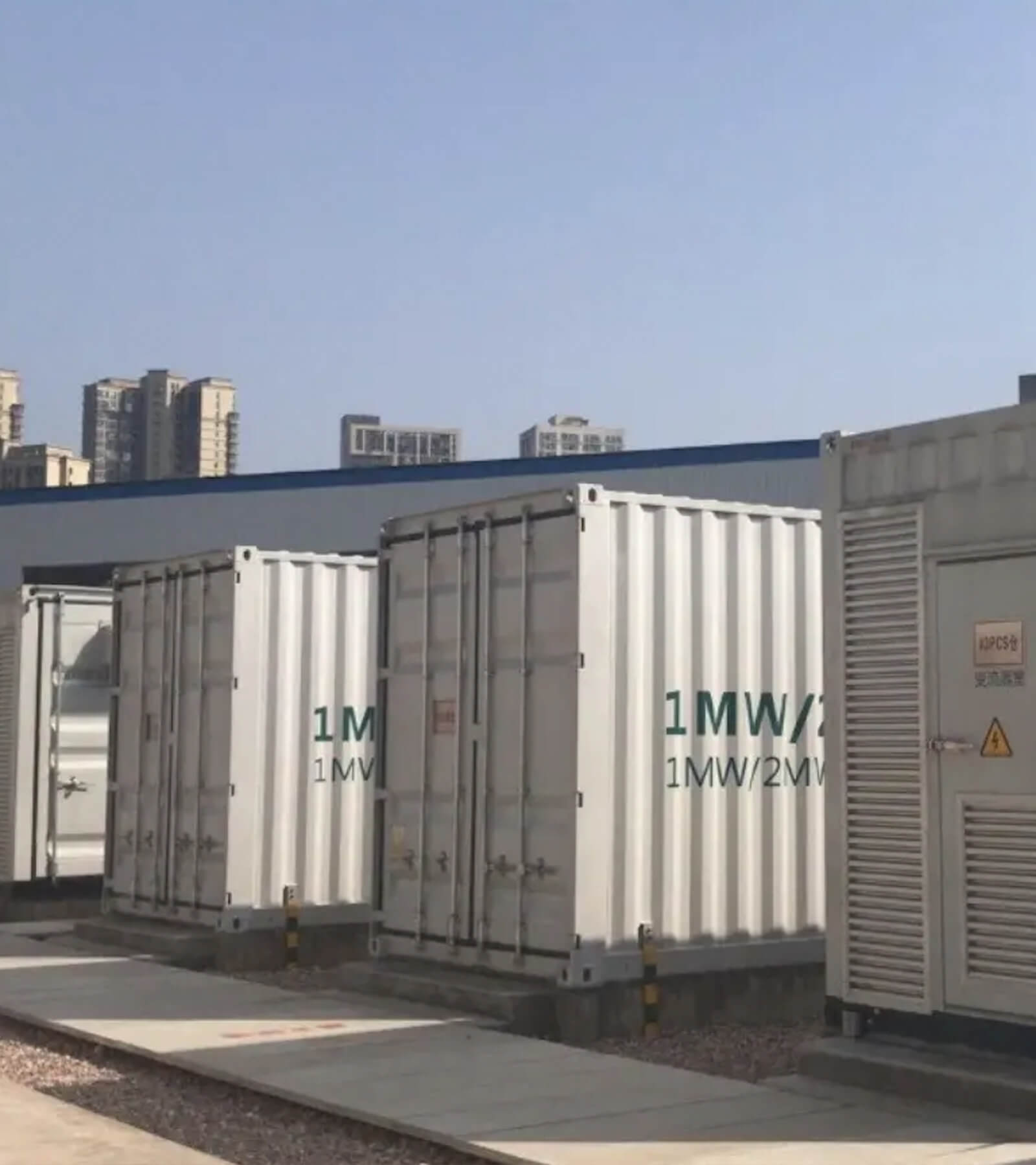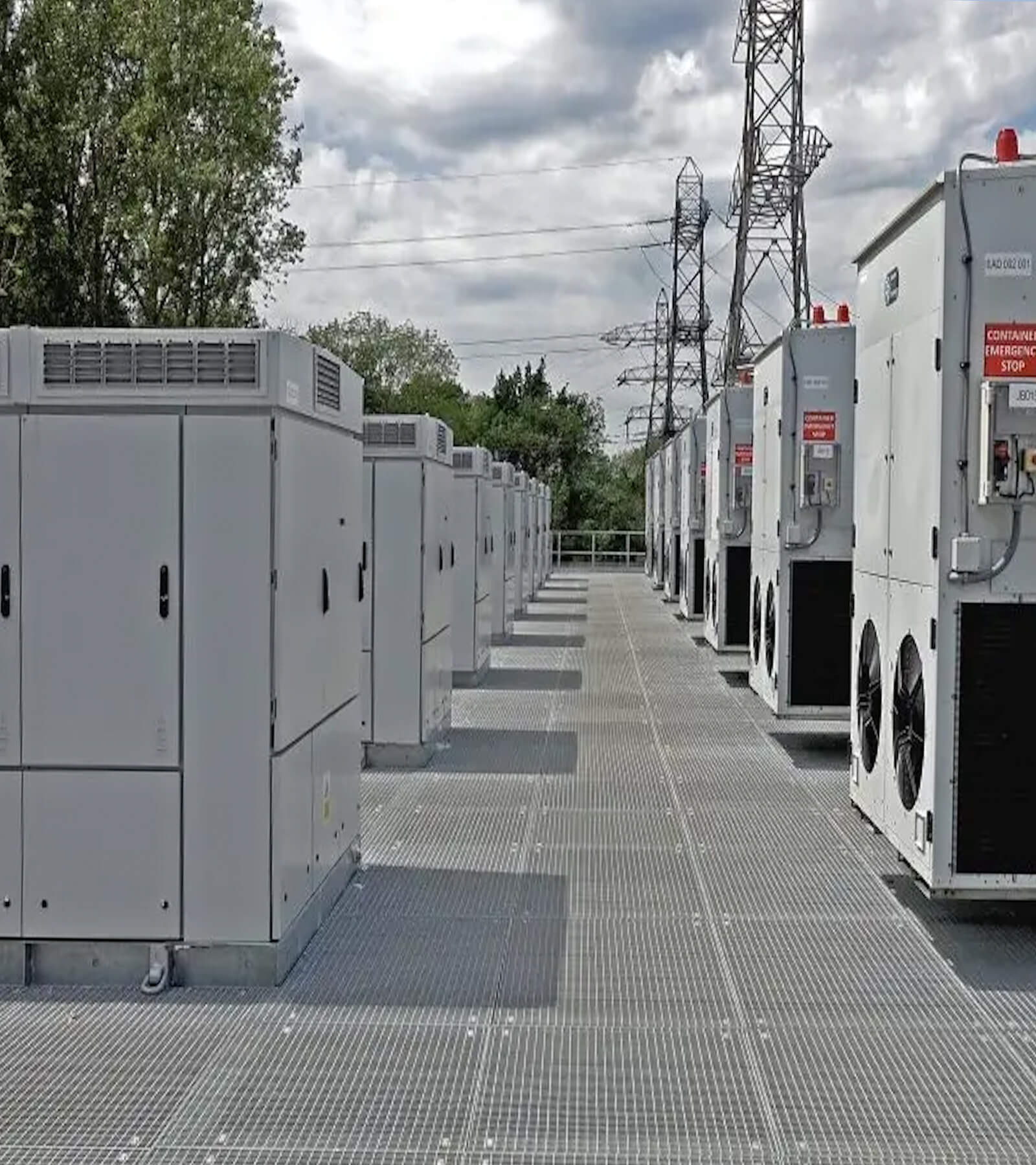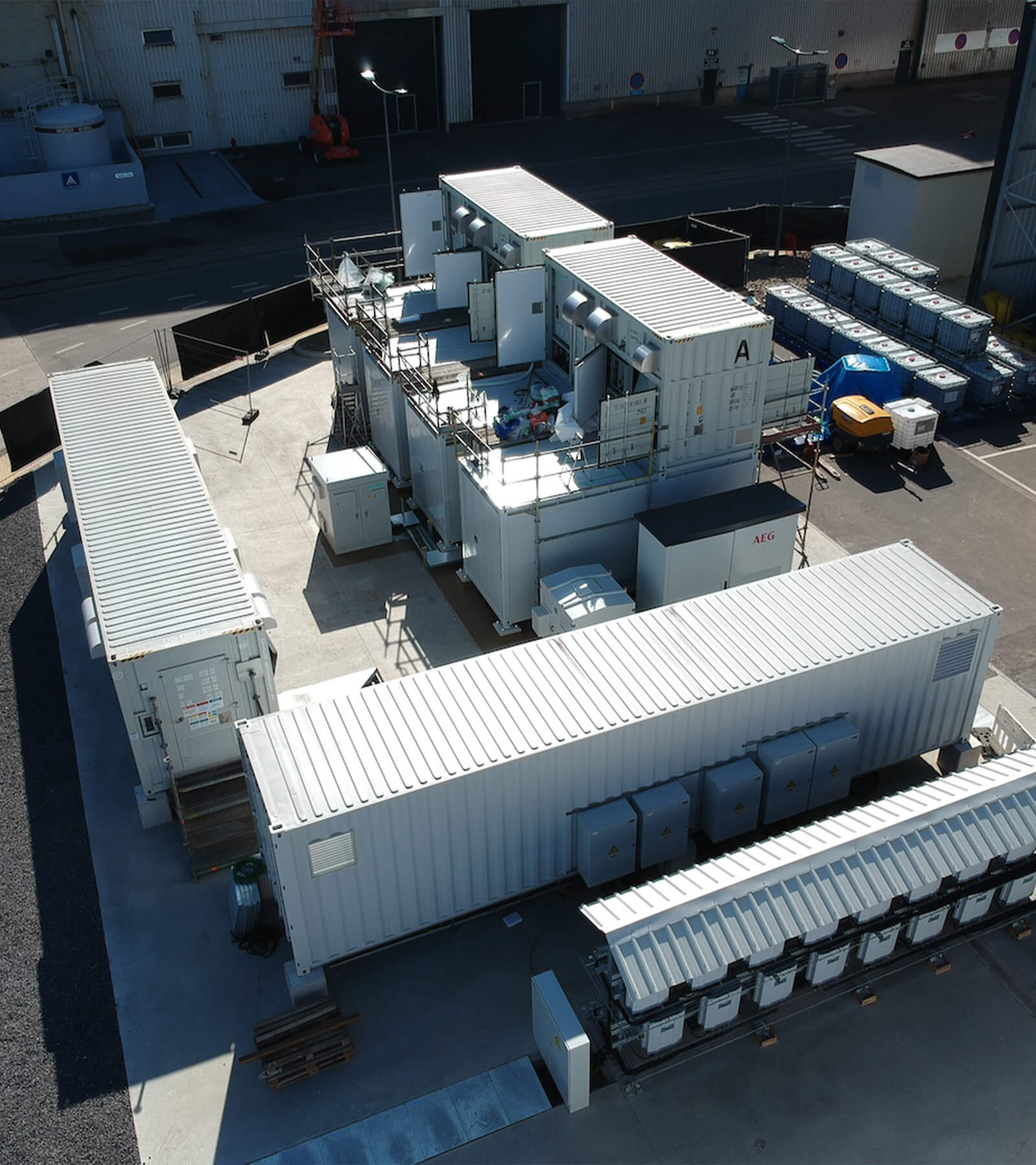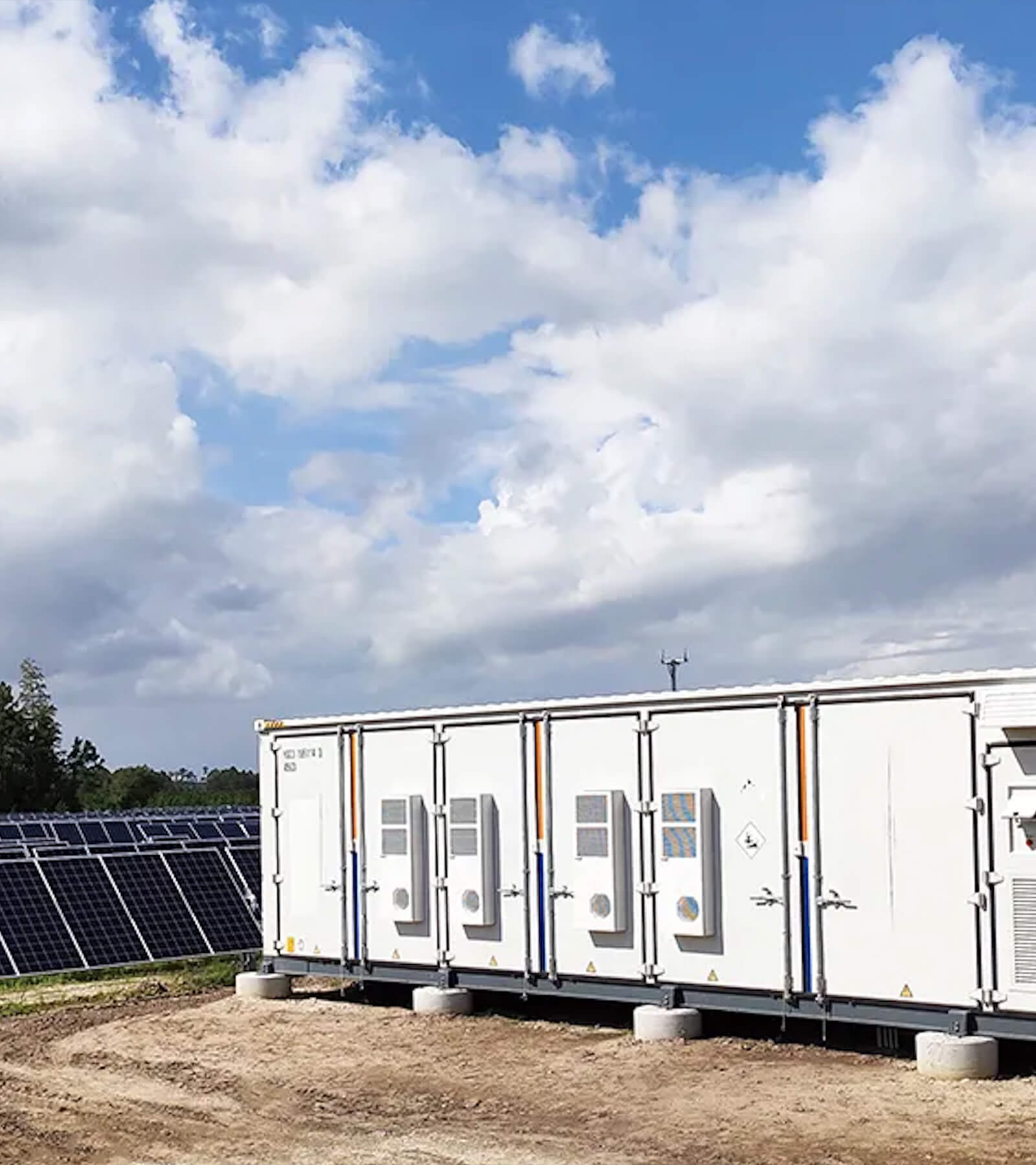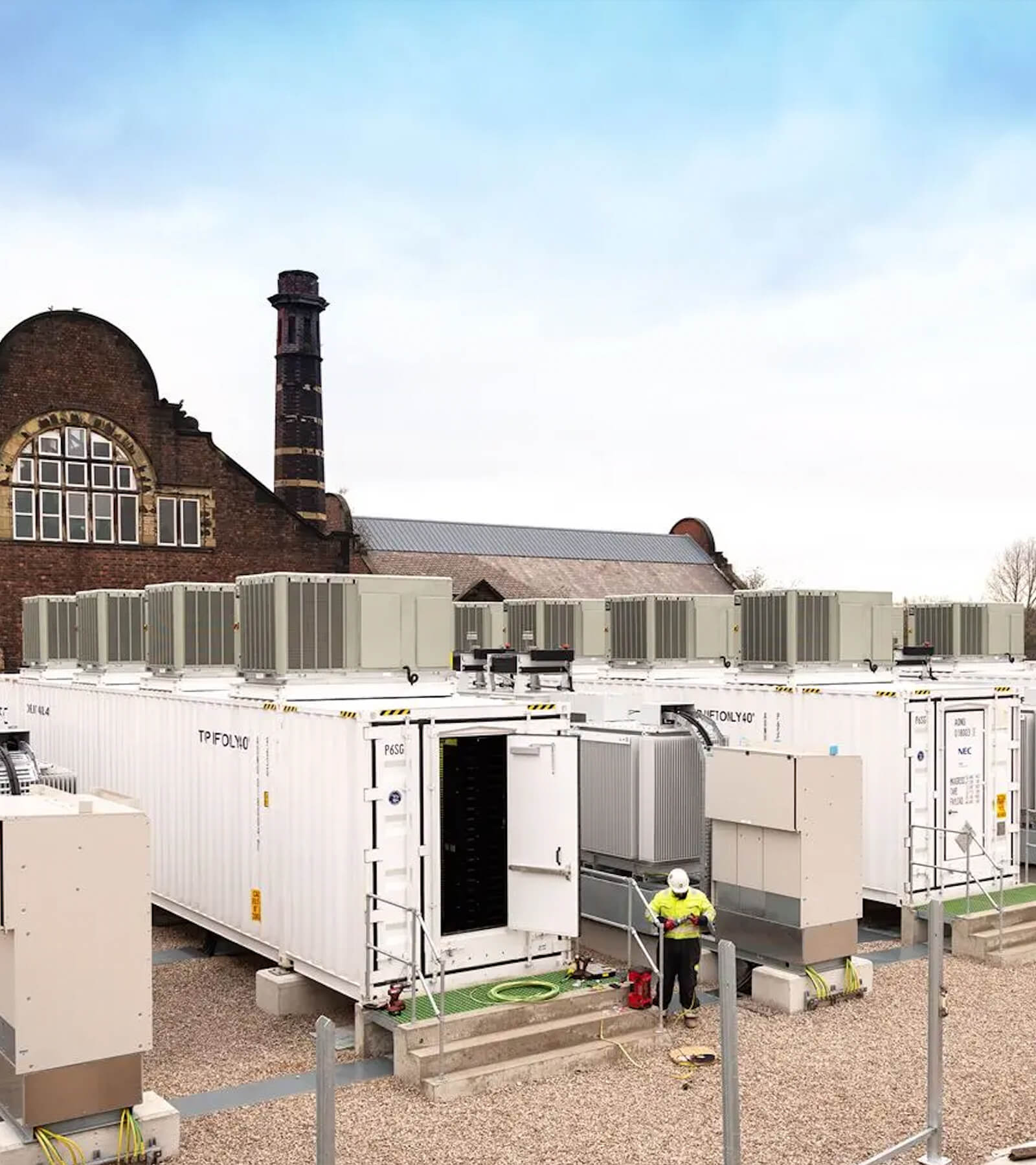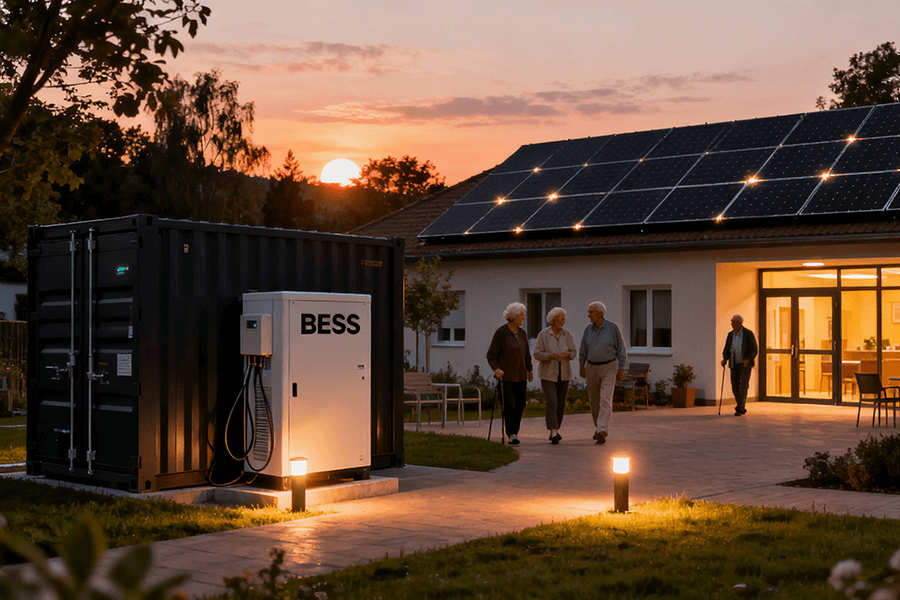
The Grid’s Obsession with 50Hz (And Why Even Tiny Deviations Matter)
Imagine asking a symphony orchestra to play in perfect harmony— but one violinist keeps speeding up and slowing down by just a fraction. Chaos wouldn’t erupt immediately, but the whole performance would feel off, and over time, the strain would show. That’s the EU grid’s reality right now.
EU regulations mandate that grid frequency stay within a tight window of 49.8Hz to 50.2Hz http://www.shturl.cc/1254f97da005affaffe7b30becf8a584. Stray just 0.05Hz outside that range, and you’re not just annoying the grid— you’re putting critical infrastructure at risk.
This includes transformers, industrial machinery, and even artisanal cheese production (yes, really). A single frequency blip can disrupt the precise temperature control needed for cheese maturation, turning a batch of premium Gouda into “expensive milk soup” and costing cheesemakers up to €15,000 per batch https://maxbo-solar.com/bess-container-for-european-artisanal-cheese-factories/.
The problem lies in traditional primary regulation resources— think gas-fired power plants— which are like lumbering bodyguards: great for big emergencies but useless for small nuisances. They take 500ms or more to respond, which in grid time is like waiting for a snail to cross a highway.
And here’s the kicker: 38% of all frequency adjustments in the EU grid are for deviations smaller than 0.1Hzhttps://maxbo-solar.com/bess-container-for-european-supergrid-integration/page/7/. It’s like using a sledgehammer to swat a fly— inefficient, costly, and bad for the tool. Running a gas plant to fix a 0.05Hz blip wastes fuel, increases emissions, and drives up operational costs unnecessarily.
Fortunately, the grid has a new hero: BESS containers. These compact, mobile units offer distinct advantages for frequency regulation:
-
Millisecond response times: Acting as the grid’s “precision tweezers” to smooth tiny wobbles.
-
Complementary role: Handling small fluctuations so traditional resources focus on major emergencies.
-
Compact mobility: Deployable anywhere, from urban neighborhoods to rural grid nodes.
They’re not here to replace traditional resources— they’re here to handle the small stuff so the big guns can save their energy for real emergencies, like major frequency drops that threaten blackouts.
How BESS Containers Save the EU Grid from Frequency Fits
Ultra-Fast Granular Adjustments: Faster Than a Barista’s Espresso
If primary regulation is a snail, BESS containers are cheetahs. While gas plants take half a second to rouse themselves, BESS containers can adjust power output in as little as 10ms— faster than it takes you to blink (about 100ms) or a barista to pull a shot of espresso (around 25 seconds). This speed is game-changing for correcting the 0.02-0.1Hz deviations that plague the grid https://maxbo-solar.com/bess-container-for-european-supergrid-integration/page/7/.
To put this in perspective, a 10ms response time means a BESS container can detect a frequency blip, calculate the needed adjustment, and inject or absorb power before a gas plant’s control system even registers the problem.
Take a 300kWh BESS container deployed in a German distribution grid serving 12,000 households. Before the BESS arrived, the grid was constantly fighting minor frequency fluctuations— averaging 14-18 small deviations per hour.
After installation? Those fluctuations dropped by 65%, and the lifespan of critical transformers extended by 4 years. Transformers degrade faster when exposed to frequent voltage and frequency swings, so reducing these fluctuations directly translates to lower replacement costs— saving the grid operator an estimated €320,000 over the transformer’s extended lifespan.
It’s like giving the grid a vitamin boost: suddenly, it’s healthier, more resilient, and less prone to breakdowns.
Distributed Auxiliary Support: Urban Grids’ Local Heroes
Urban grids with high rooftop solar penetration— like those in Amsterdam, Berlin, and Barcelona— are like busy cafes: lots of activity, but highly unpredictable. One minute, every solar panel is pumping out power, pushing frequency slightly above 50Hz; the next, a cloud rolls in, and the grid is scrambling to fill the gap, dragging frequency down.
This rapid back-and-forth causes voltage flickers— the annoying dimming or brightening of lights that makes your TV flicker, your laptop charger glitch, and your mood sour. For businesses like data centers or medical clinics, these flickers can disrupt sensitive equipment, leading to data loss or compromised patient care.
Small-scale BESS containers (100kWh-200kWh) are the perfect solution for these urban hotspots. Deployed locally— often near solar-dense neighborhoods or commercial districts— they act as “neighborhood grid guardians,” smoothing out solar-induced fluctuations right where they happen, before they can spread to the wider grid.
Case in point: Amsterdam’s urban grid, which added 6 x 150kWh BESS containers in 2024 to serve 5,000 households in the Jordaan district, an area with 40% rooftop solar penetration. The result? Frequency-related voltage flicker complaints plummeted by 70%.
Residents stopped calling the utility to complain about dim lights, and the grid operator avoided a €1.2 million infrastructure upgrade that would have been needed to reinforce the local grid. It’s a win-win— unless you’re a utility call center agent who’s now bored.
Economic and Operational Benefits: BESS Containers That Pay for Themselves
Let’s be real: no one cares how fast or precise a technology is if it’s too expensive. Utilities and grid operators are under constant pressure to keep costs low while improving reliability.
Luckily, BESS containers aren’t just grid heroes— they’re financial saviors. Their operational flexibility and low overhead make them a cost-effective alternative to traditional regulation resources. Key advantages include:
-
Significantly lower long-term operational costs compared to gas-fired plants
-
Multi-service revenue streams that maximize return on investment
-
Reduced maintenance expenses and no idle fuel costs
Lower Costs: 42% Cheaper Than Wasting Gas Plants on Small Jobs
Dedicating a gas-fired power plant to handle minor frequency fluctuations is like buying a Ferrari to run errands— overkill and costly. Gas plants have idle fuel costs (even when not generating power, they need to stay warm), regular maintenance fees, and low efficiency when operating at partial load.
BESS containers? No fuel, minimal maintenance (mostly software updates and occasional battery health checks), and maximum efficiency (conversion rates above 90%). Over a 10-year lifespan, they cost 42% less than using primary regulation resources for small deviations https://maxbo-solar.com/bess-container-for-european-supergrid-integration/page/7/.
The cost comparison between BESS containers and gas plants for auxiliary regulation is stark:
|
Cost Category
|
BESS Container (100kWh)
|
Gas Plant (1MW, repurposed)
|
|---|---|---|
|
Initial Investment
|
€85,000
|
€1.2M
|
|
Annual Fuel & Maintenance
|
€3,200
|
€45,000
|
|
10-Year Total Cost
|
€117,000
|
€202,000
|
A Spanish Transmission System Operator (TSO) learned this firsthand. In 2023, the TSO faced rising complaints about minor frequency fluctuations in its northern grid. Instead of repurposing a 1MW gas plant for auxiliary regulation (which would have cost €45,000 annually in fuel alone), it deployed three 200kWh BESS containers.
The result? The TSO saved €180,000 in just one year— from reduced fuel costs, lower maintenance, and avoided penalties for frequency deviations. That’s not pocket change; that’s money that can go toward upgrading the grid, lowering consumer bills, or even buying the team a nice lunch.
Multi-Service Revenue: BESS Containers That Wear Many Hats
The best part about BESS containers? They’re not one-trick ponies. Unlike gas plants, which are mostly limited to generating power, BESS containers can switch between multiple grid services in real time, maximizing their value.
When they’re not tuning grid frequencies, they can do peak shaving (cutting costs during high-demand hours by discharging stored power instead of buying expensive grid electricity) and store solar energy (so it doesn’t go to waste when the sun is shining but demand is low). This means they generate revenue from multiple streams— turning a “cost center” into a “profit center.”
A Belgian grid operator’s 300kWh BESS container, deployed in Brussels in 2022, is a perfect example. It operates across three services daily, and here’s how its annual revenue breaks down:
|
Service Type
|
Annual Revenue (€)
|
Operational Hours per Day
|
|---|---|---|
|
Grid Frequency Regulation Auxiliary Services
|
12,000
|
24 (on standby)
|
|
Peak Shaving (17:00-20:00)
|
9,000
|
3
|
|
Solar Energy Storage (Charge: 10:00-14:00)
|
7,000
|
4
|
|
Total Annual Revenue
|
28,000
|
–
|
That’s €28,000 a year from a single container— enough to cover its annual maintenance costs (€3,200) eight times over. Multiply that by a fleet of 10 or 20 containers, and you’re looking at serious cash flow.
BESS containers don’t just keep the grid stable— they keep the books happy too. For grid operators, this multi-service capability is a game-changer, turning energy storage from a “nice-to-have” into a “must-have” investment.
Why Maxbo Solar’s BESS Containers Are the Grid’s New Best Friend
As someone who’s spent 15 years in the solar and energy storage industry— working with TSOs across Germany, Spain, and the Netherlands— I can tell you: not all BESS containers are created equal. Many manufacturers build generic units and hope they fit the EU’s complex grid needs. At Maxbo Solar, we didn’t just build a battery in a box— we built a grid solution that’s fast, reliable, and tailored to the EU’s unique requirements.
Here’s what sets our BESS containers apart from the competition:
-
Unmatched speed and precision: Outperforming EU response time standards with industry-leading 10ms adjustment capabilities.
-
EU-tailored design: Customizable to local grid codes, voltage standards, and climate conditions across the bloc.
-
Regulatory expertise: In-house specialists who streamline compliance and permitting processes.
Speed and Precision That Beats the Competition
Our BESS containers don’t just meet the EU’s response time requirements— they crush them. With 10ms response times and harmonic distortion under 5%, they keep the grid running smoother than a well-oiled bicycle https://maxbo-solar.com/bess-container-for-european-supergrid-integration/page/7/.
We use EN 50438-compliant grid-forming inverters— a critical feature that many competitors skip. This means our units don’t just follow the grid’s lead; they can actively shape it, providing voltage support during fluctuations. It’s like upgrading from a passenger seat to the driver’s seat— giving grid operators more control when they need it most.
In independent testing by the German Association of Energy and Water Industries (BDEW), our 200kWh BESS container corrected a 0.08Hz frequency deviation in 8.3ms— faster than any other unit tested that year.
Designed for the EU’s Grid (and Its Quirks)
The EU grid isn’t a one-size-fits-all system. It has cross-border interconnectors (like the Germany-Poland link that moves 4GW of power daily), varying voltage standards (230V single-phase in most countries, 400V three-phase for industry), and strict environmental regulations.
Our BESS containers are built to navigate all of that. We offer units in 100kWh, 200kWh, and 300kWh configurations, each customizable to local voltage and grid codes. Whether it’s supporting the Germany-Poland interconnector or powering a rural cheese factory in the Netherlands, our units fit right in.
They’re also designed for the EU’s climate: our containers have advanced thermal management systems that work in -20°C (Scandinavian winters) and 45°C (Mediterranean summers), ensuring consistent performance year-round. And they’re compact— a 200kWh unit fits in a 15m² courtyard— and quiet (under 55dB), so they don’t disrupt residential areas or tourist districts https://maxbo-solar.com/bess-container-for-european-artisanal-cheese-factories/.
We Speak EU Regulatory (Fluently)
Nothing kills a great technology faster than red tape. I’ve seen promising BESS projects delayed for months— even years— because of regulatory misunderstandings. At Maxbo Solar, we don’t just build BESS containers— we help you deploy them successfully.
Our team includes EU energy regulatory experts who know the rules inside out, from the revised TEN-E Regulation (which prioritizes storage for grid stability) to local permitting requirements (like Berlin’s noise ordinances or Barcelona’s environmental impact standards). We handle the paperwork, coordinate with local grid authorities, and ensure your BESS container meets all compliance standards.
It’s like having a regulatory translator and a tech expert in one. For a Dutch utility client last year, we cut their permitting time from 6 months to 6 weeks— getting their BESS containers online faster and generating revenue sooner.
The Future of EU Grid Frequency Is Fast, Precise, and Containerized
BESS containers aren’t just a trend— they’re the future of EU grid frequency regulation. As the EU aims to reach 42% renewable energy by 2030, the grid will face more frequent small-scale frequency fluctuations from variable wind and solar. Traditional resources can’t keep up— but BESS containers can.
BESS containers deliver triple value for EU grids:
-
Operational resilience: Managing small, frequent fluctuations traditional resources miss.
-
Cost efficiency: Cutting utility expenses through lower maintenance and no fuel costs.
-
Revenue generation: Multiple service streams turn storage into a profit center.
As the EU ramps up renewable energy integration (the 2030 goal is 500-780 GWh of storage https://maxbo-solar.com/bess-container-for-european-supergrid-integration/page/7/), BESS containers will become even more critical to maintaining grid stability.
Our prediction, based on industry growth data and EU policy trends? By 2035, BESS containers will handle 55% of all EU grid frequency regulation auxiliary needs. They’ll be the backbone of a more resilient, renewable-powered grid— one that keeps the lights on, the cheese creamy, and the frequency steady at 50Hz.
This isn’t just good for the grid; it’s good for the planet. By reducing the need to run gas plants for minor adjustments, BESS containers cut greenhouse gas emissions— aligning with the EU’s net-zero 2050 goal.
At Maxbo Solar, we’re proud to be leading this charge. We’ve deployed over 500 BESS containers across 12 EU countries, from Sweden’s frozen north to Malta’s sunny islands. Whether you’re a TSO managing cross-border power flows, a distribution grid operator handling urban solar fluctuations, or a cheesemaker who hates wasted milk, our BESS containers are here to help.
Visit us at www.maxbo-solar.com to explore how we can support your grid needs, including:
-
Custom BESS container configurations for frequency regulation
-
End-to-end regulatory compliance support
-
Case studies from 12 EU countries
-
Financial modeling for multi-service revenue streams
Let’s turn your grid’s frequency fits into a steady beat— and your energy storage investment into a revenue generator.

